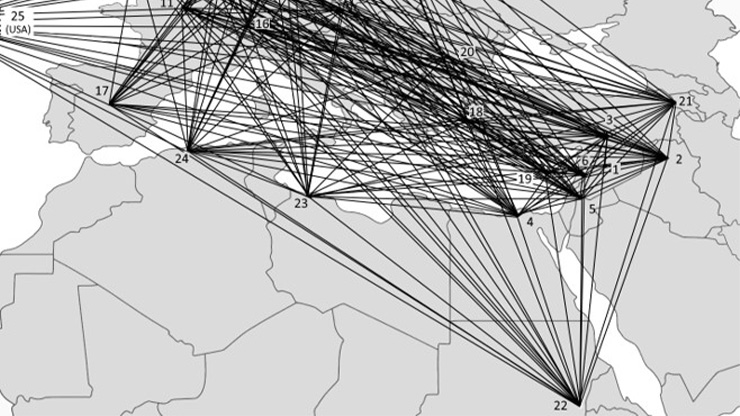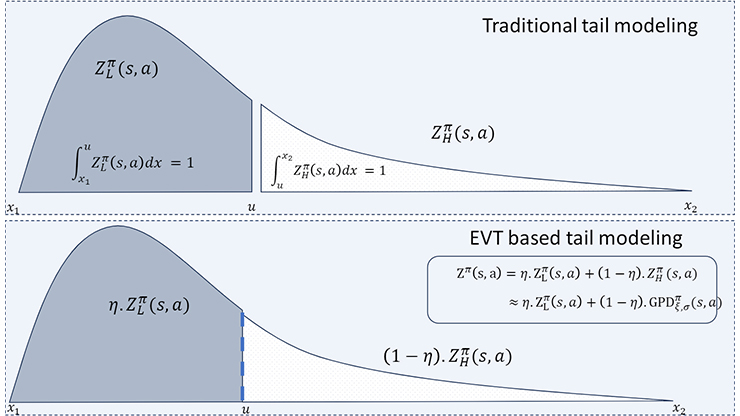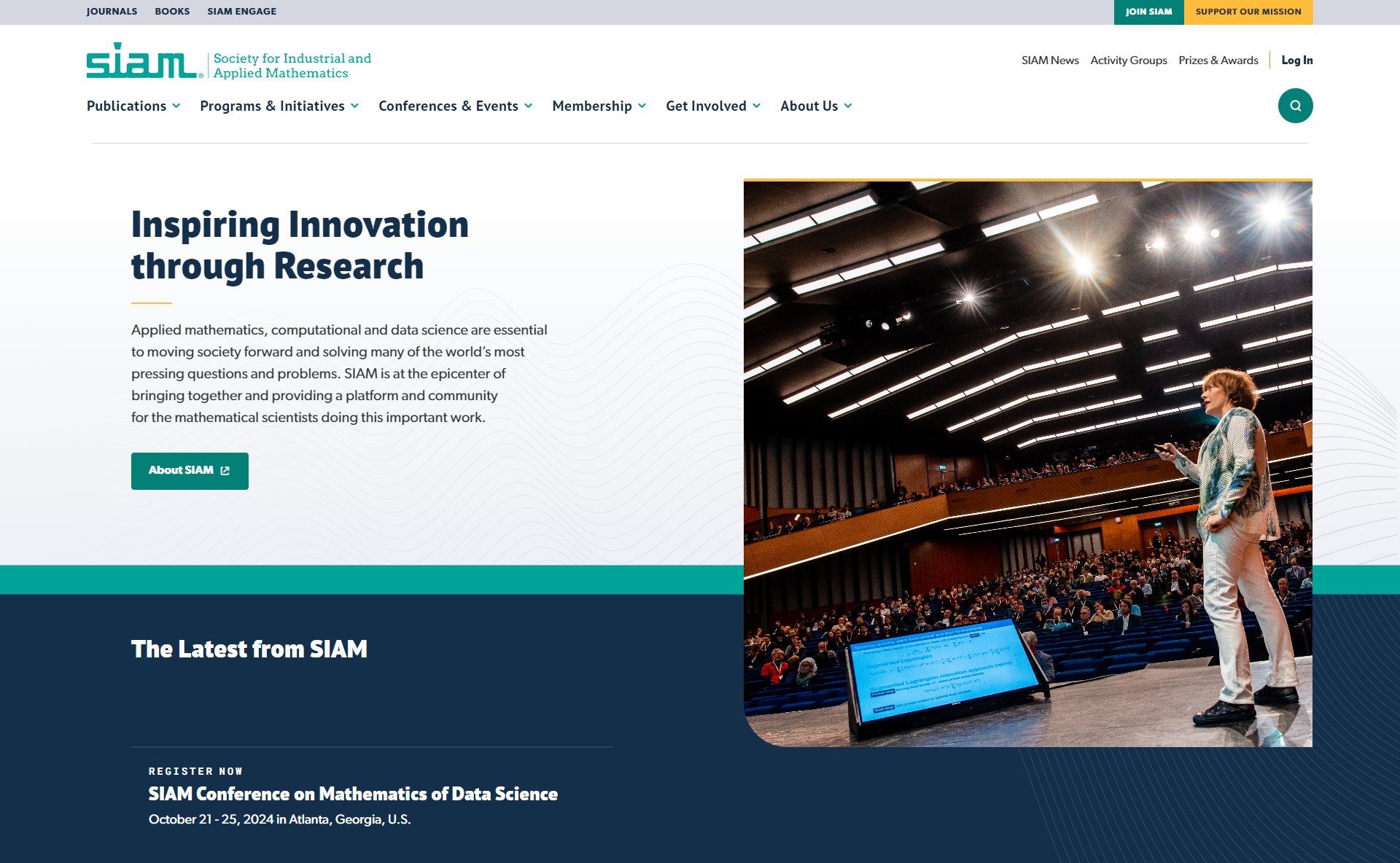The Ethical Considerations of Infectious Disease Interventions
The ethics of infectious disease transmission and mitigation present unique challenges for both the individual and the affected population. In diseases that arise due to genetics, lifestyle choices, or exposure to a toxin (i.e., cancer or diabetes), the focus remains solely on the patient and the benefit to the general population is roughly proportional to the number of people who are treated. “You don’t have to worry about how one person’s treatment affects other people,” Joel Miller of La Trobe University in Australia said. “But infectious diseases are different, in that what you do indirectly affects someone else. Your decision changes someone else’s outcome.” Further muddying the situation is the fact that an optimal ethical decision at the individual scale might not be the optimal decision at a community or population level.
During the 2024 SIAM Annual Meeting, which is currently taking place in Spokane, Wash., Miller used mathematical modeling to explore the various ethical implications of infectious disease interventions. Rather than attempt to resolve the ethical dilemma (which has no clear answer), he sought to identify and quantify the problem. Miller began with an example of a homogeneous population with a lockdown-like intervention for a finite period of 70 days. In this scenario, the optimal intervention would produce an epidemic that brings the population to the herd immunity threshold without the risk of a rebound. However, the existence of multiple risk groups—such as elderly and nonelderly citizens, where one group is at a higher risk of severe infection—complicates things. If the goal is to minimize overall infection with no particular emphasis on either group, both groups fare well. But if the goal is to minimize infection within one group (i.e., the elderly) more so than the other, the other group might be worse off — even if the benefit to the aggregate population is positive.
This morally ambiguous quandary is equivalent to the famous trolley problem: an ethical thought experiment wherein a runaway trolley is headed towards a group of individuals (see Figure 1). Collision is imminent, but the driver or a bystander can divert the trolley to a different track where it will only kill one person; should they do so, and would switching the track improve the overall situation?

Next, Miller addressed the impact of one person’s behavior and noted that the person paying the cost of an intervention may not necessarily experience its benefits. Drunk driving is one such example, as this behavior is against the law because the driver’s actions are potentially harmful to other motorists. The same logic applies to seat belts, which are required because they mitigate self-inflicted damage. “There are penalties for behaviors that put others or even oneself at risk,” Miller said. “Should vaccine mandates have stronger penalties than drunk driving?”
Miller then moved on to one of the simplest existing disease models: the susceptible-infected-recovered (SIR) model. In the context of a well-mixed population with a constant intervention effort and immunity upon recovery, he posed the following questions:
- What is the impact of one newly infected individual who is deciding whether to isolate?
- What is the impact of one uninfected individual who is deciding whether to get vaccinated or otherwise attempting to prevent disease?

First, Miller set up a directed network, chose the initial infected individual \(u\), and followed it through the network (see Figure 1). To understand the logistics of an individual who is deciding whether to isolate, he ran the simulation again but froze \(u\), letting everything else play out. Once the simulation was complete, he released \(u\) and traced its impact through the network; this approach is equivalent to introducing an infection into a population after an epidemic has concluded. Ultimately, a single infected individual’s impact on the total number of infections depends on the value of the basic reproduction number \((R_0)\). “Even if contact tracing can’t bring \(R_0\) below \(1\), if \(R_0\) is close to \(1\) then a single infection traced and isolated has a large relative impact,” Miller said.
Finally, Miller considered the impact of vaccination or prophylaxis (an attempt to prevent disease). If an individual avoids infection through vaccine, the number of averted infections is
\[1 + (\textrm{number averted by post-infection isolation}).\]
Of course, a vaccine could technically have no impact on the recipient, as there is a chance that they would have avoided infection without it. Given this possibility, Miller scaled the problem by the probability of infection. When \(R_0>1\), each vaccination prevents \(>1\) infection on average. And ultimately, the largest expected population benefit occurs when the individual benefit for the vaccine recipient is \(0\).
Miller encouraged interested researchers to review his 2023 paper on the topic of ethical public health policy [1]. “The fundamental thing going on here is that the optimal individual decision may not be the optimal population decision, and that automatically leads to some sort of conflict and ethical dilemma,” he said. In the future, he hopes to conduct a more complete survey of intervention types to characterize more scenarios, better understand tradeoffs, and provide policymakers with the tools to evaluate ethical dilemmas as they arise.
References
[1] Roberts, D., Jamrozik E., Heriot, G.S., Slim, A.C., Selgelid, M.J., & Miller, J.C. (2023). Quantifying the impact of individual and collective compliance with infection control measures for ethical public health policy. Sci. Adv., 9, eabn7153.
About the Author
Lina Sorg
Managing Editor, SIAM News
Lina Sorg is the managing editor of SIAM News.

Stay Up-to-Date with Email Alerts
Sign up for our monthly newsletter and emails about other topics of your choosing.






